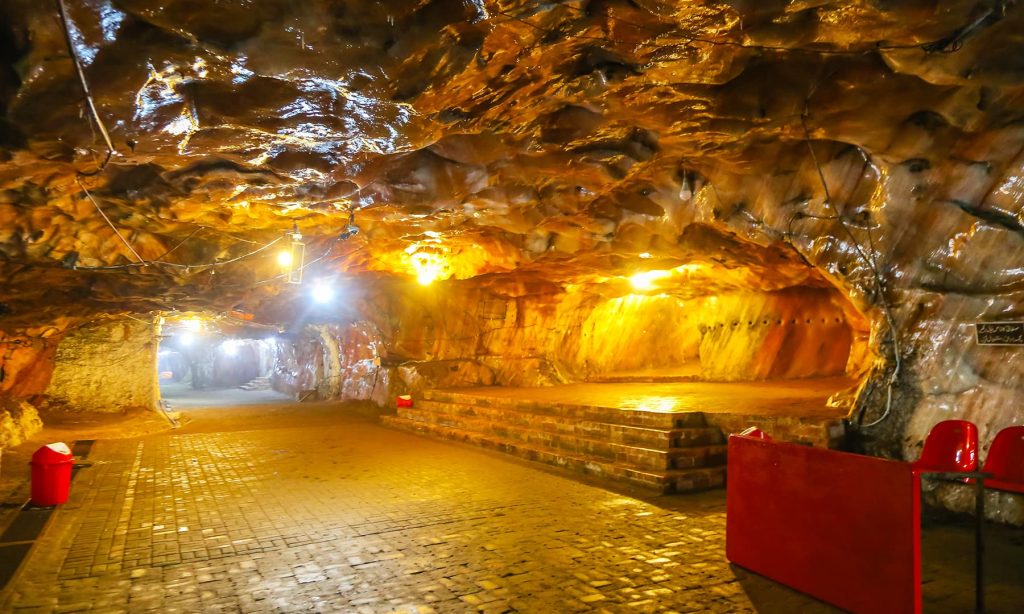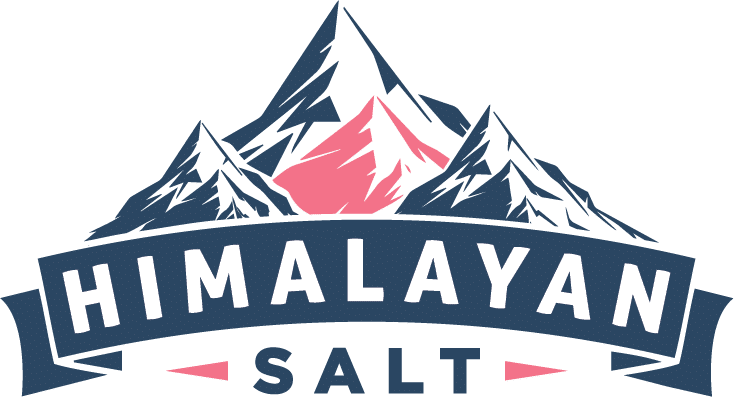
Himalayan salt, also known as pink salt or rock salt, is primarily sourced from the Khewra Salt Mine in Pakistan, which is located at the foothills of the Himalayan mountain range. The salt deposits in this mine are believed to be over 250 million years old and are considered to be one of the purest sources of salt on earth. The distinctive pink color of Himalayan salt is due to the presence of trace minerals, such as iron, magnesium, and potassium. Today, Himalayan salt is a popular choice for cooking and is also used in a variety of products, including salt lamps, bath salts, and skincare items.
Alexander the Great stayed here during the battle of Hindustan. They noticed that their tired horses are licking stone, feeling the energy, and looking well as well. So the world’s largest 2nd salt mine was discovered by Alexander or in another sense, you can say it was discovered by horses, not any human.
In 1500 AD (King Akbar the Great) Initial mining was started, and came into Asia’s market, on the decline of the Mughal Empire in 1809 Sikhs get hold of it. The Sikh Commander-in-Chief shared the management of the Salt Range with Gulab Singh, the Raja of Jammu.
In 1849 British ruler took over these salt mines and did some development works including supplying water by a wooden tunnel in 1853. In 1856, they built a road between the salt mine and Pind Dadan Khan for transportation by vehicles.
Then came the era of Eng. Mr. Wrath; visited in 1872 and made a lot of progress there including the main entries, started mining using modern mining methods later in 1886-87 and built Victoria Bridge with Malikwal. As a result of his efforts mining production reached 50000 tons in 1890 that reached at 80000 tons in 1914.
Many major changes occurred during and after the British era. A full fledge hospital was made especially for miners and two steam-powered engines began to be used in 1918. Likewise, they introduce the cutter machine to reduce human efforts and also started automatic loading inside the mine by 1933. The use of tractor trolleys started in 1988.
It’s a brief summary of its glorious history, which is sure to impress you.
Things to see at Khewra Salt Mine
Entrance to the mine there’s a beautiful mosque named Shahi Masjid. This was made out of salt 55 years ago and although obviously, it’s very popular among tourists.
Heaven Bridge is the most renowned and prettiest area; entirely made out of salt and beneath it, water goes 80 feet down.
Next is the hills with the name of Chagi Pahar. Actually salted water dropped from the top and form a mountain shape upon drying up that was named Chagi Pahar.
There’s also a way to get air and an artificial waterfall inside the mine.
Along the pink salt caves at layer 5, there’re Himalayan salt rooms to stay in for Asthma patients. These are very beautiful and equipped with colorful lighting inside the tiles as well.
All caves are equipped with safety grills from all sides for comprehensive safety.
Bottom Line
Khewra salt mine is fully functional and the miners come out every day however over the years mining techniques have been updated somewhat. According to a report of 2018, production was 390000 tons and 40000 visitors counted on average per month in 2018. In 2022 it reached more than 60000. I do highly recommend you a day trip to Khewra mine, and I’m sure you’ll enjoy exploring this place. Lastly, if you’re interested in hand-made salt lamps, cooking slabs, bulk Himalayan salt, or customize hand art, feel free to reach us; we’re renowned Himalayan Salt product manufacturers and exporters.
Writer: Shiza Imran
